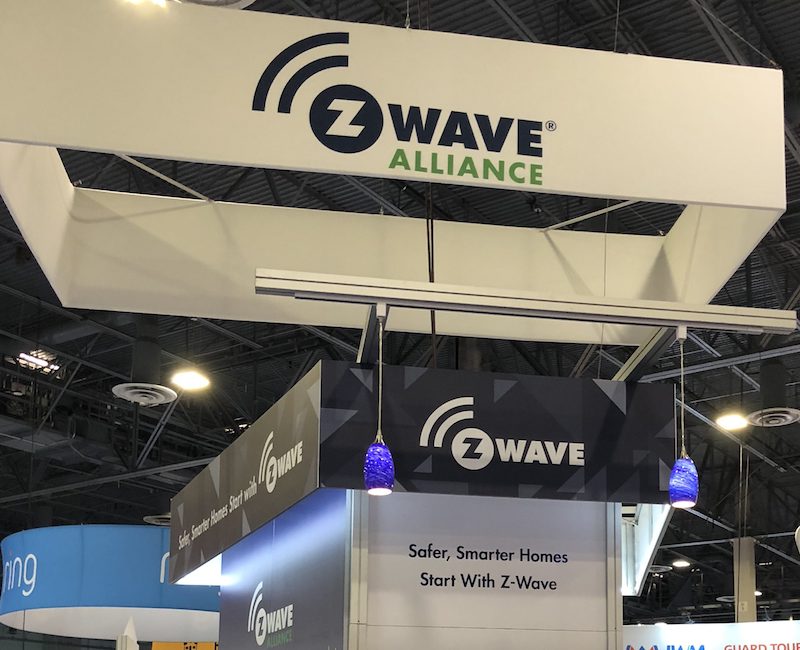The Z-Wave Alliance has released its second-annual Z-Wave State of the Ecosystem Report, which examines smart home and connected technology – from both within and outside of the home – and explores the smart home landscape as it exists today, current and future trends, and new opportunities with an emphasis on the role Z-Wave technology plays in the advancement of the industry.
With the number of connected IoT devices predicted to surpass 40 billion by 2025, including smart home safety sensors (i.e. water and motion) and smart security devices (i.e. door locks and smoke detectors ), and smart home energy equipment (i.e. smart thermostats and smart lighting), it’s not surprising that Z-Wave continues to see exponential growth in these categories. Water, all-in-one sensors, and smart doorbells all grew by greater than 500 percent from 2019 to 2020.
“There is no shortage of possibilities for the internet of things,” said Mitch Klein, executive director, Z-Wave Alliance. “Smart home has changed our way of life. In 2005, there were less than ten Z-Wave devices on the market, and today there are over 3300 certified products worldwide across an alliance of hundreds of global member companies. As we look ahead, we see tremendous opportunity for Z-Wave to continue to advance the way we live.”
The report is divided into sections which collectively provide data, figures, and proof points impressing upon Z-Wave technology as the leading low-energy mesh network protocol for smart home devices. Contained within the report, readers will find research from analysts examining relevant industry verticals, including MDU, insurance, aging-in-place, healthcare, and real estate.
Additionally, the report provides thought-leadership contributions regarding open standards, interoperability, artificial intelligence, and contextual awareness, and features a section where technology experts and industry press provide their insights into the future of the smart home through the rest of 2020 and beyond.
For nearly two decades, the Z-Wave Alliance has stewarded the advancement of the Z-Wave technology and served as an organization where manufacturers interested in integrating Z-Wave technology could come together to work on new methods of implementation, further certification, and market the strengths and benefits of Z-Wave to consumers.
Since its inception, the Z-Wave wireless protocol has maintained a robust certification program, security standards that are among the most rigorous in the industry, and an alliance made up of a diverse group of manufacturers, integrators, and others all driving forward growth in the residential market, as well as other market verticals.
Click here to access the full Z-Wave 2020 State of the Ecosystem Report.








